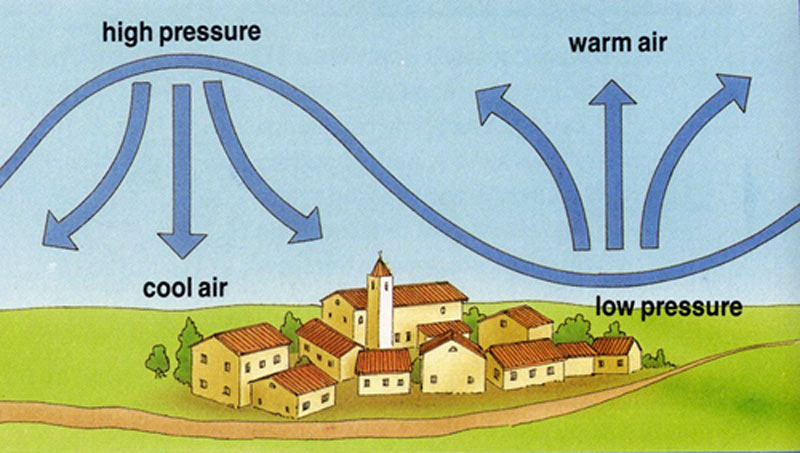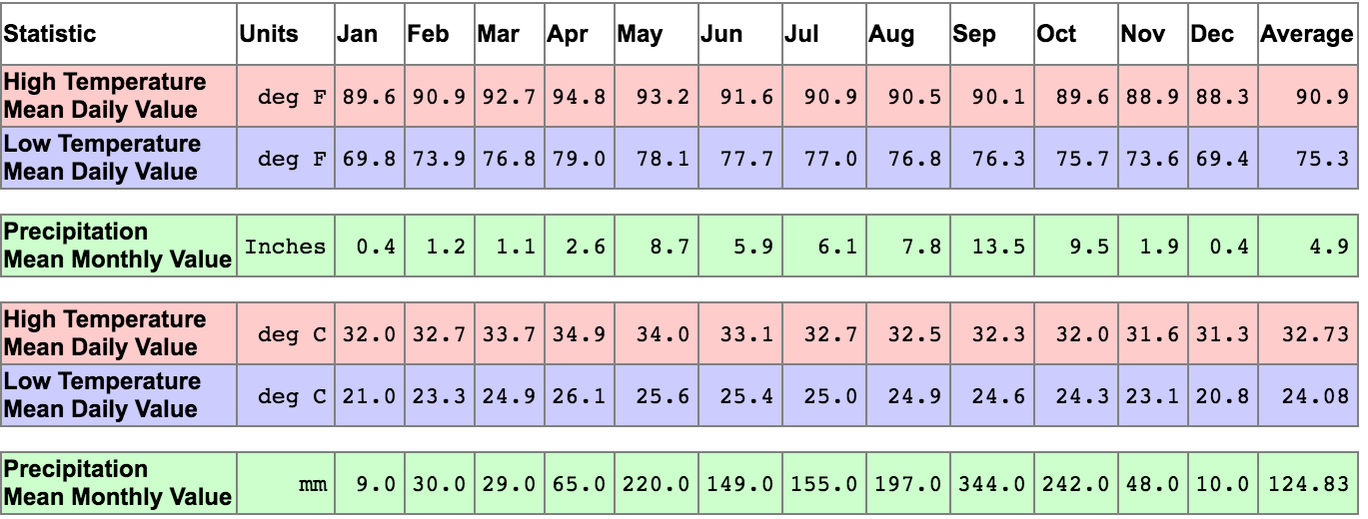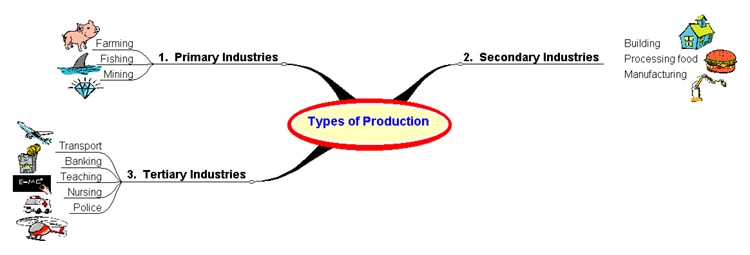Lesson 1: Why do people go to Thailand?
Using the presentation and the documents investigate the various attractions that Thailand has and also try to consider who would visit each site.
|
|
| ||||||||||||||||||
|
Using the interactive link. Test your ability to locate the correct people to their ideal holiday.
|
Lesson 2: Thailand decision making game
|
Instructions:
- You will be divided up into groups of 3 people.
- In each group there will be:
- A News Reporter - Your role is to monitor the reports coming in from the helicopter and take them to the rest of the team. You also need to ensure a decision is made in time.
- A Cartographer - Your role is to map out the various events (starting with naming the 7 places), and work with the event planner on a plan for ensuring the safety of the tourists.
- An Event planner - Your role is to make important decisions to manage the crisis. You have the reports from the helicopter and the advice of the cartographer. After you make a decision your president will give instant feedback.
- Task: Your Group task is to annotate and complete the A3 outline map with relevant information to be able to address the various crisis. The Crisis sheet will be given at the end of the lesson (last 15 minutes). Information will be given to you every 2 minutes. You will need to use your atlases and your laptops to map and annotate the A3 map. Your reporter is the only one who will see the information and will only get to see it once!
Supporting documents:
|
|
| ||||||||||||||||||
Lesson 3 & 4: Thailand's Climate
Monsoons
|
|
|
Thailand's climate
|
Assignment
In groups of 4 people your task will to be to create an infographic poster on the weather and climate you are likely to experience in China. It should include:
|
|
Use this template and the climate data above to construct your climograph. This should be included into your infographic sheet.
| |||||||
Lesson 5: Tourism in Thailand
|
| ||||||||||||
|
|
|
|
Lesson 6: Writing Assessment
"Examine whether it is fair that Ao works in Phuket" [20]
Limit: 2 sides A4
Tips for success:
1. Explain why Thailand generally and Phuket/Koh Phi Phi/Koh Phanagn and other islands specifically are great tourist destinations.
2. Explain who Ao is and the reasons for why he works on Phuket.
3. Evaluate whether this migration is good or bad for a) the Thai people and economy; and b) the Burmese people and economy (his home country); and c) Tourists from Russia and UK and other countries.
4. Include facts and figures to support your statements.
| Assessment Document | |
| File Size: | 42 kb |
| File Type: | doc |






















